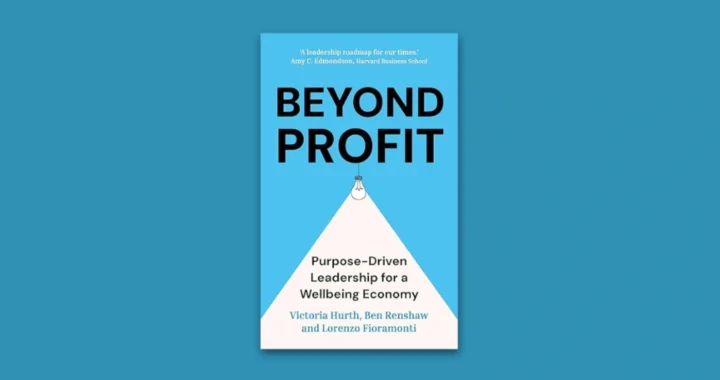What is the Loss and Damage Fund?

Photo: Freepik.
The impacts of climate change are undoubtedly felt across the globe. However, the impacts are unequal—the less responsible regions often bear the brunt of climate change. In this case, financing becomes one of the most significant facets of climate mitigation efforts. At the 27th Conference of the Parties of the UNFCCC (COP27), the world leaders made a breakthrough agreement on a global funding mechanism called the Loss and Damage Fund.
What is the Loss and Damage Fund?
The Loss and Damage Fund aims to provide financial assistance to countries most vulnerable and impacted by the climate crisis. Loss and damage refer to the severe impacts occurring in the aftermath of climate change, such as rising sea levels, frequent drought and desertification, extreme heatwaves, and agriculture failures.
These impacts are predicted to occur more frequently and severely as the climate crisis continues. During the COP27 in Egypt, the world leaders reached a breakthrough agreement for the fund after years of negotiations between countries.
The UN’s 2022 Adaptation Gap Report estimates that it will need over US$300 billion per year by 2030 to fulfill the climate adaptation needs of developing countries. Therefore, the fund becomes a necessary bridge to close the climate mitigation and adaptation financing gap.
The Challenges
Despite reaching an agreement, the work remains for the world leaders to discuss further the details and mechanism for the Loss and Damage Fund. Questions regarding who should pay into the fund, where the funding will come from, and which countries will benefit from the funding are still being discussed.
Besides the Loss and Damage Fund agreement, COP27 also established the Transitional Committee to make recommendations for consideration and adoption by COP 28. The committee released the recommendations on November 3; some of them are:
- The fund should have stable, predictable, additional, and adequate resourcing from the beginning. The committee proposes an initial capitalization figure of $150 billion, which can progressively rise according to the updated projected and recorded costs. The aim is to reach a replenishment of $300 billion by 2030.
- The fund should be accessible to all developing countries. Effective access criteria for diverse circumstances must be established by discussing best practices, frameworks, parameters, and triggers.
- Considering the urgent need for fund generation, the committee believes that potential innovative financing sources must be thoroughly assessed to avoid regressive distributional impacts on developing countries and marginalized groups.
Next Step
The adoption of the Loss and Damage Fund remains to be seen at the following COP28 in the Uni Arab Emirates (November 30–December 12, 2023). However, while the discussion for financing, stimulus, and safety nets are necessary, it must also walk hand-in-hand with the commitment to tackle the root of climate change. A systemic transition towards just and equitable practices across sectors must also be accelerated to make progress for the people and planet.
Editor: Nazalea Kusuma

Join Green Network Asia Membership
Amidst today’s increasingly complex global challenges, equipping yourself, team, and communities with interdisciplinary and cross-sectoral insights on sustainability-related issues and sustainable development is no longer optional — it is a strategic necessity to stay ahead and stay relevant.
Join Now
Kresentia Madina
Madina is the Assistant Manager for Digital Publications at Green Network Asia. She graduated from Universitas Indonesia with a bachelor's degree in English Literature. She has three years of professional experience working on GNA international digital publications, programs, and partnerships particularly on social and cultural issues.


 Weaving the Thread Between the Last Elephant and the Floods in Sumatra
Weaving the Thread Between the Last Elephant and the Floods in Sumatra  Bringing Buried Rivers Back to Life Through Daylighting
Bringing Buried Rivers Back to Life Through Daylighting  Prescribing Beyond Profit for CEOs’ Anxiety
Prescribing Beyond Profit for CEOs’ Anxiety  An Interview with May Tan-Mullins, CEO and Provost of University of Reading Malaysia
An Interview with May Tan-Mullins, CEO and Provost of University of Reading Malaysia  An Interview with Eu Chin Fen, CEO of Frasers Hospitality
An Interview with Eu Chin Fen, CEO of Frasers Hospitality  The UK Government’s Funding Package Plan to Tackle Youth Unemployment
The UK Government’s Funding Package Plan to Tackle Youth Unemployment